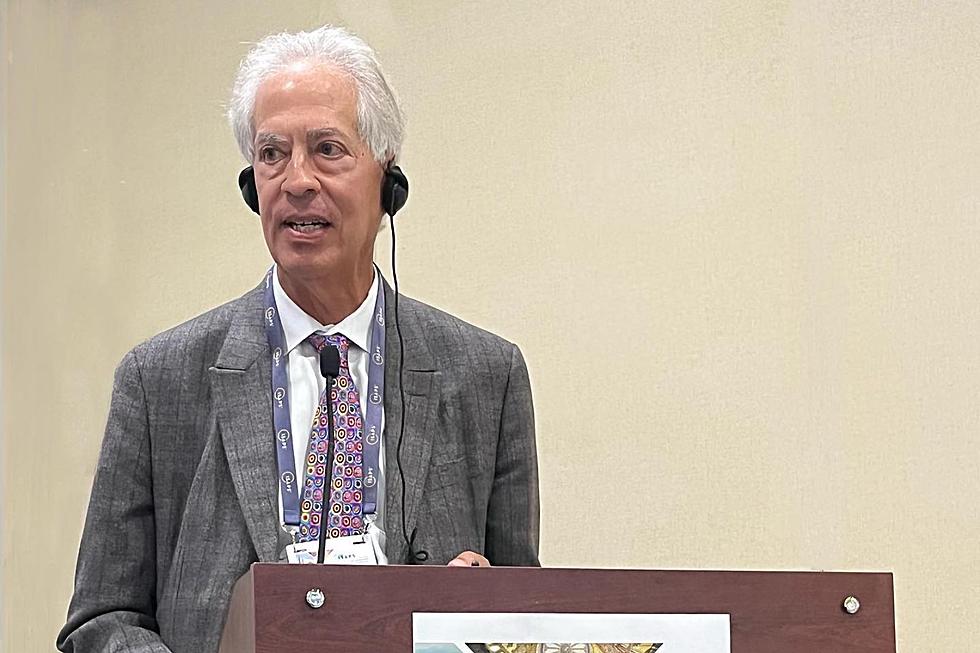Introduction
Reconstructive surgery is a medical marvel that goes beyond simply restoring form and function to various parts of the body. Contrary to common misconceptions, it is a versatile field that can benefit individuals in a multitude of scenarios, catering to their specific needs. In this article, we will delve into the diverse applications of reconstructive surgery, highlighting its significance in various aspects of life.
Post-Traumatic Reconstructive Surgery
Post-traumatic reconstructive surgery Dr Lawrence Gray is perhaps the most widely recognized type. Its primary goal is to restore the body, especially the face, to its pre-injury state following accidents, burns, or trauma. This category encompasses several procedures, including:
Skin Grafts: The transfer of skin from one part of the body to the affected area.
Bone Grafts: The transfer of bone to reconstruct damaged bone tissues.
Scar Revisions: Techniques aimed at improving or minimizing the appearance of scars, enhancing both aesthetics and self-esteem.
Congenital Defect Repair
Reconstructive surgery plays a pivotal role in correcting congenital birth defects, significantly improving the quality of life for individuals of all ages. Some common procedures include:
Cleft Lip and Palate Repair: This procedure corrects openings in the lip and/or palate seen at birth.
Craniosynostosis Repair: A specialized surgery that addresses prematurely fused seams or sutures in a baby’s skull, ensuring proper brain development.
Cancer Reconstruction
After cancer treatments like mastectomy (breast removal) or Mohs surgery, reconstructive surgery offers a way to restore both appearance and functionality. Key aspects include:
Breast Reconstruction: A transformative procedure that can enhance the quality of life and psychological well-being for breast cancer survivors.
Skin Cancer Reconstruction: Tailored techniques are employed to address skin defects resulting from cancer treatments, ensuring optimal healing and appearance.
Gender Affirming Surgery
Reconstructive surgery plays an indispensable role in gender affirmation, offering life-transforming procedures for transgender and gender-nonconforming individuals. These surgeries align physical characteristics with gender identity:
Top Surgery: This encompasses breast augmentation for transgender women and mastectomy for transgender men, fostering a sense of alignment with one’s identity.
Genital Reconstructive Surgery: Procedures like vaginoplasty and phalloplasty create physical gender markers that empower individuals to embrace their true selves.
Conclusion
Reconstructive surgery is a multifaceted field that extends its benefits to diverse scenarios, improving lives and well-being. Dr Lawrence Gray underscores the importance of recognizing the wide-ranging applications of reconstructive surgery, dispelling misconceptions, and highlighting its significance in addressing various medical conditions, congenital defects, cancer treatments, and gender affirmation. Ultimately, reconstructive surgery serves as a beacon of hope, offering individuals the opportunity to lead fulfilling lives in harmony with their bodies and identities.
